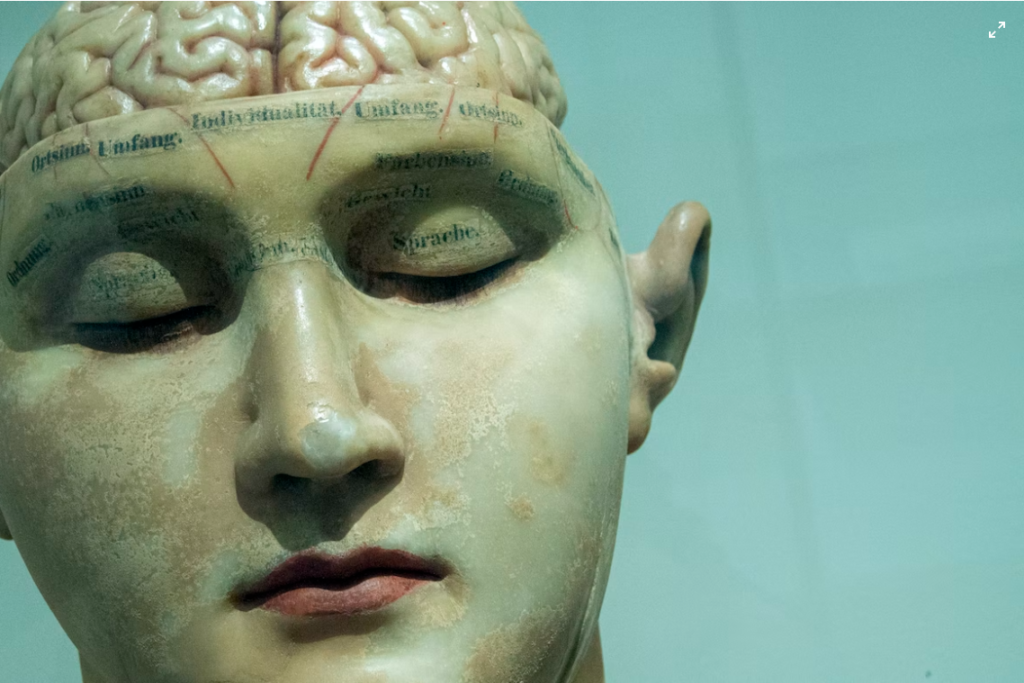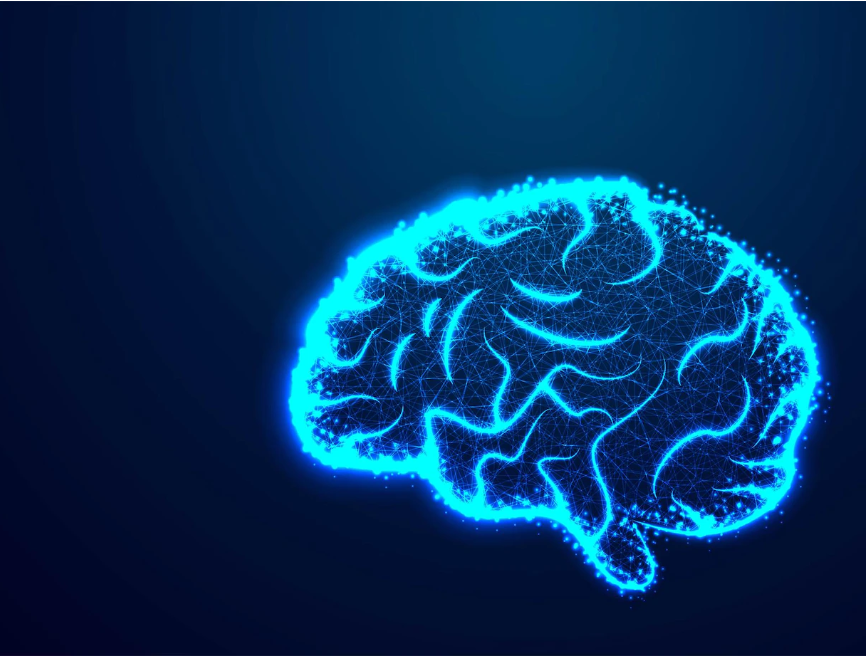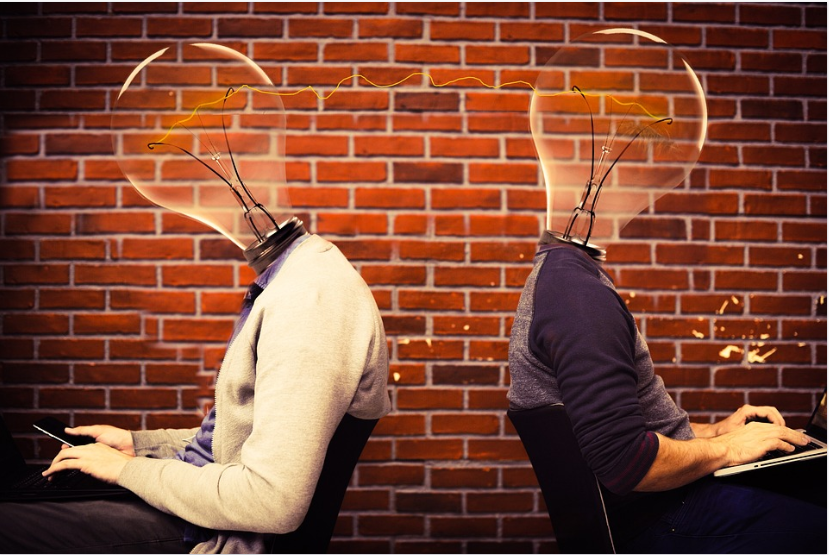How Visualization Works in the Brain
Learn how visualization works in the brain to improve memory and performance.

Selfpause Affirmation App
Download the app to get 1,000’s of affirmation meditations and everything you need to write, record and listen to your own.
If you have ever wondered how visualization actually works in the brain? You are not alone. Visualization is a powerful technique that can increase your memory and boost your performance. It is based on the idea that we create a mental image of something to make it more real. A brain is a powerful machine, and running through a scenario in your head can be just as effective as experiencing it in the real world. Athletes such as Kobe Bryant have used visualization techniques to improve their performance.
The Neuroscience of Visualization

Visualization works by stimulating the Reticular Activating System (RAS) in the brain. This system scans the environment for new opportunities and allows people to visualize new possibilities and creative solutions. In this way, visualization helps people achieve their goals. But how does visualization work? Here are some important factors to consider.
First, you need to know how the brain works. The brain has specific mechanisms that allow it to develop and reorganize. This ability is known as neuroplasticity. This means that the brain can be changed and made to create new pathways. This process doesn’t require external sensory stimuli or new information.
Visualization has been shown to activate the motor cortex. It also activates different cognitive processes. For instance, when a person thinks of running, it activates the premotor cortex. This area is responsible for planning movements. Visualizing an action also improves memory, and if a person can recall the scenario easily, it may improve the performance of the actual action.
In addition to training the mind, visualization exercises can also help people achieve their dreams and goals. The most successful people not only have a high level of visualization capacity but also know how to use it to achieve their desired goals. Using visualization techniques can be a simple process if you know how to apply them.
Effects of Visualization On The Brain

Visualization is a powerful tool that helps you materialize your goals. It activates the frontal cortex, which is a part of the brain that makes decisions. It also enhances problem-solving skills and reduces stress. It’s an excellent way to boost your performance and improve your confidence.
Visualization is a powerful tool to improve your performance because it activates neural pathways that are reinforced in real events. Running through scenarios in your head is almost as effective as experiencing the events themselves. In the process, they activate mirror neurons, which activate the same neural pathways as in real life.
Visualization is a powerful tool for people of all ages and skill levels. It helps them achieve financial goals, reduce stress, and improve their health. In fact, healthcare professionals are now using imagery as a stress-management technique. Studies have shown that novice surgeons who were trained in imagery had lower subjective and objective stress levels.
Many studies have shown that visualization improves performance in a variety of fields. It also improves creativity, courage, and resilience. In addition, it improves memory, concentration, and energy regulation. Visualization can also improve creative thinking. If you’re looking to start a business, you can use it to visualize your products, customers, business plan, and marketing strategy. Even elite athletes use it to prepare for worst-case scenarios. For example, they can imagine the pain and deal with malfunctions in their equipment. This technique helps their brains prepare for real-life situations so that they can focus on what they’re doing.
Visualization can help you achieve your goals. It uses special neurological functions in the brain called neuroplasticity. It allows the brain to create new neural pathways. Unlike sensory stimulation and new information that must be accessed through external means, visualizing the result can stimulate new neural pathways.
Techniques for Visualizing Outcomes

Visualization techniques work by recording the desired outcome in the brain as if it were real. This helps us to motivate ourselves to achieve the state we desire. Visualization techniques can also be helpful in developing self-confidence. By using positive visualization, we can make ourselves feel good about ourselves and achieve goals.
A recent study has found that visualization can help people prepare for situations and accomplish goals. It works by engaging the reticular activating system, a system in the brain that helps the brain identify what is important and what is not. The brain receives two million bits of information every second, but it can only process 126 of them.
Visualization techniques are helpful in many different settings, including cognitive behavior therapy and memory regression. They’ve also been shown to be effective in treating stress, anxiety, and depression. A 1995 study of sixty subjects found that subjects who used visualization techniques were significantly more productive and less stressed than the control group. There were also fewer depressive symptoms in the control group.
Visualization techniques are extremely powerful and can help you reach your goals. However, it requires some practice and persistence. Creating a strong, creative visualization technique will help you turn your dreams into reality. It will also make your life more fulfilling. Just remember, this is a journey and it will take time.
Effects of Visualization On Memory

In the social sciences, studies of the effects of visualization on memory and cognitive ability are conducted frequently. Researchers have found that visualization increases reflective ability and improves visual judgments. Researchers also found that higher numeracy and visual working memory enhance the quality of visual judgments. However, higher graph literacy reduces accuracy.
The effects of visualization on memory can be measured by measuring the rate at which participants’ visual perception matched their task. In one study by Galletta and Vessey, participants completed tasks faster if their visualization matched the task. They did this by performing two types of tasks: spatially determining the largest difference between deposits and withdrawals, and textually reporting specific deposit amounts.
Visualization can enhance the learning process and aid in learning abstract concepts. It also helps to imprint information in the memory and improves executive functions. In addition to its benefits in improving memory, visualization can also boost self-confidence. A visualization strategy can be a powerful tool to help you cope with stress and make progress toward your goals.
Effects of Visualization on Performance

Visualization is a powerful technique that can improve your performance in a variety of situations. The process involves consciously controlling your mental images. By visualizing your performance, you can mentally rehearse key elements and mentally prepare for any challenges you may face. The images you create are first-person and are influenced by your thoughts and experiences.
Visualization can also reduce stress and performance anxiety. It’s like having a dress rehearsal before a big event. By visualizing yourself succeeding, you’ll feel more confident and focused. You’ll be more apt to focus on your task and shut out the noise of the crowd.
Intense visualization tricks the brain into believing it’s in a particular situation. As long as you practice this technique often enough, you’ll begin to feel prepared. If you want to improve your performance, you can also practice visualization exercises, which involve spinning the dial or painting in brighter colors.
Visualization is a cognitive tool that many elite athletes use during their training. It is a way to create a mental simulation of a particular task, so your body can be primed for maximum performance. In order to make it more effective, you should combine visualization with a disciplined training regimen.
Several studies have shown that mental rehearsal and motor imagery can alter the brain’s physiological state. For example, in a figure skating competition, athletes who consciously perform visualization exercises before a competition can perform better. The results of these experiments confirm the basic tenet of sports psychology: that the benefits of mental rehearsal and visualization are mutual. In addition to improving athletic performance, mental rehearsal can increase motivation and confidence, boost motivation, and prime the mind for success.
However, visualization isn’t easy to master. It may be challenging at first, so don’t worry if it takes a while for you to create a crystal-clear picture. You can still reap enormous benefits from this technique. To ensure that you get the maximum benefits from it, you should spend a few minutes every day. Choose a time that suits you, preferably in the morning, when your mind is still lucid and more easily conjures up images.
Our Top FAQ's
The brain processes visual information through a complex network of neurons and neural pathways. When we look at an object or scene, light is absorbed by the retina in the eye and converted into electrical signals. These signals are then transmitted to the brain through the optic nerve and processed by various areas of the brain, including the primary visual cortex and the visual association areas. The brain combines this information to create a mental image or representation of the object or scene.
Different areas of the brain play different roles in visual perception and visualization. The primary visual cortex is responsible for early processing of visual information, such as edge detection and basic feature extraction. The visual association areas, located in the posterior part of the brain, are responsible for more complex processing, such as object recognition and spatial awareness.
Individual differences in visual processing abilities can affect visualization skills. Some people may have naturally stronger visual processing skills, while others may need to work harder to develop these skills. Factors that can influence visual processing abilities include genetics, brain development, and environmental factors such as nutrition and exposure to visual stimuli.
The brain uses visualizations, such as charts and diagrams, to understand and communicate information. Visualizations can help the brain process and make sense of complex or abstract concepts by providing a visual representation of the information. They can also help to communicate information to others, as they can be more easily understood and remembered when presented visually.
Visualization interacts with other cognitive processes, such as memory and attention, in the brain. For example, when we look at a visualization, our attention is drawn to certain elements and patterns, and this information is encoded in our memory. Our memory can then be used to recall and interpret the visualization at a later time. Visualization can also interact with higher-level cognitive processes, such as decision-making and problem-solving, by providing a visual representation of the information that can be used to generate ideas and solutions.
